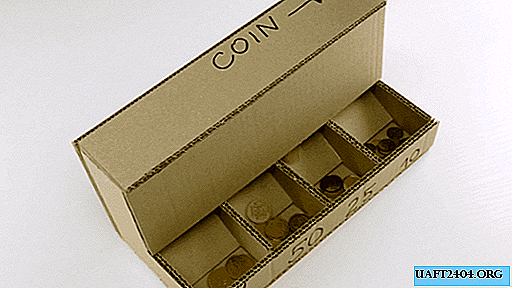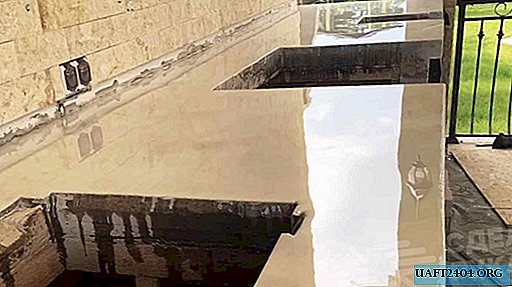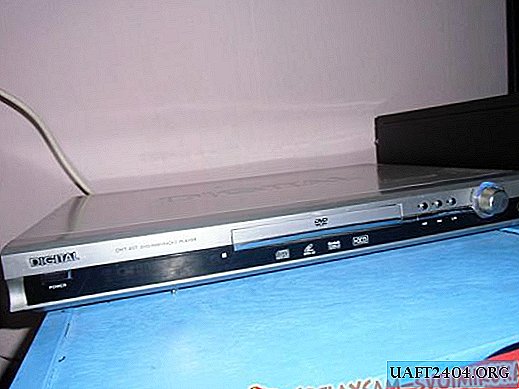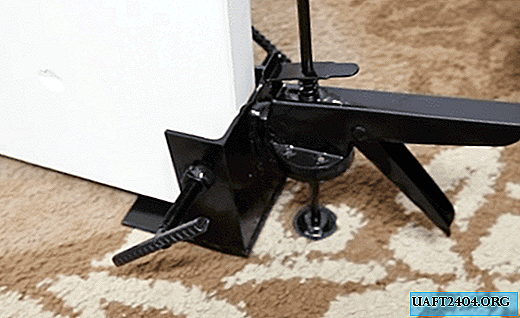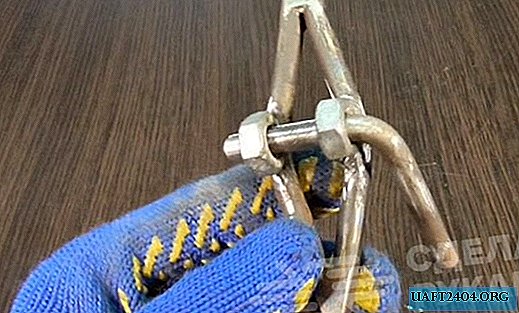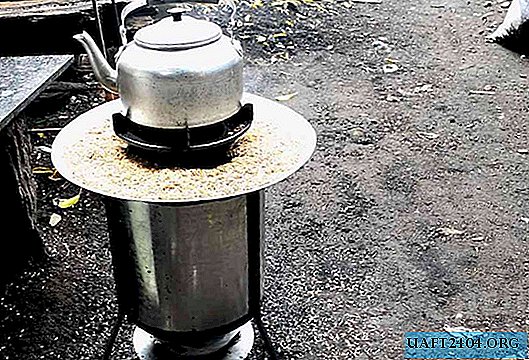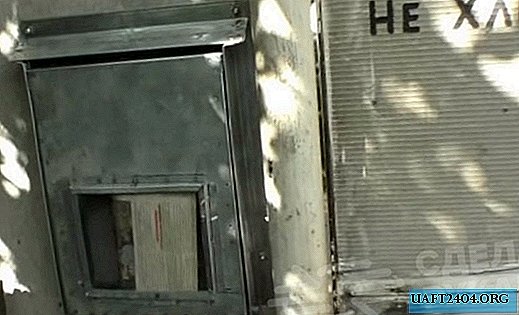Share
Pin
Tweet
Send
Share
Send
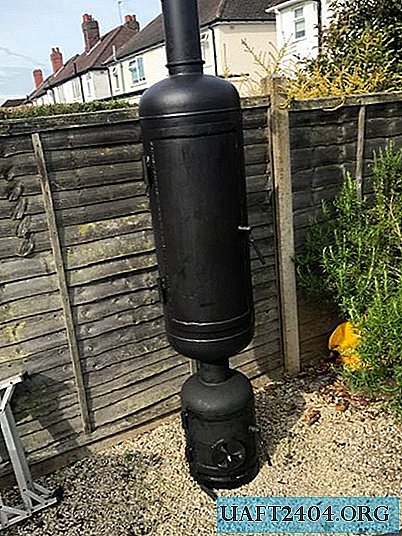
For several years I wanted to get a roomy smokehouse. I could not afford it because of the high price, and finally decided that the most affordable way would be to make it myself. As the main material, I chose a couple of old gas cylinders.
Neither I nor my friends who assisted me were professional welders, however, having devoted some time to the work, we created something absolutely wonderful.
Editing: Later I was told that in some countries it is illegal to use gas cylinders for these purposes, since they belong to gas companies. In such a situation, as an option, you can use the air receiver of the old compressor or another suitable tank.
Smokehouse Valve Removal

Unconditionally, the most difficult part of creating a smokehouse is twisting the valve. Before starting work, I was convinced that there was no gas left in the cylinder and after that, having turned the valve back, I left the cylinder for a couple of days outside. Perhaps you are lucky and you will solve this problem with a pipe wrench. I did not succeed, so I had to unscrew the valve nut. Something comes out easier, and something more complicated. In this case, I happened to make a large ring wrench with an almost two-meter handle. When unscrewing the cylinder was fixed on the workbench with straps.
Check for gas in the cylinder
After removing the valve, fill the cylinder with water to displace the remaining gas. To finally make sure that there was no gas in the form of bubbles, I filled and emptied it 3 times. Since the tank filled with water is very heavy, I drained the water using hoses.
Chimney hole cutting


The next step is to cut out the hole for connecting the chimney with two cylinders. I worked a hole saw. So that the hole was centered on the axis of the valve, I inserted a sleeve that helped make the preliminary hole. The whole process of cutting was rather difficult, since a circular saw of this size regularly popped up. If I had to do this again, I would use a plasma torch, or in the absence of such a jigsaw.
Door opening cutting


Since I have a plasma cutter, I used it. For smooth cutting along the cylinder, I applied an iron corner, for the transverse - a metal tape pressed with a clamping belt. If there is no plasma torch at hand, you can use the "grinder" or a jigsaw with the appropriate blade.
Making a chimney draft regulator



We need to control the strength of the air / smoke flow through the chimney. We came up with the idea of making a pair of plates with triangular cutouts in them. One plate is welded to the chimney, and the other is attached to a short pipe that leads to the top of the main smoke chamber. The plates rotate around the axis, so the slots in them may or may not coincide. We covered the pipe with a visor. This detail is more for external attractiveness, unless, of course, you are not going to smoke something in the rain.
Since I needed a plasma cutter for another job, I decided to do everything together. Therefore, in some pictures, you can still see the grill. Of course, it could be made of reinforcement.
We placed a similar regulator on the oven door to control air draft.
Connection of the smoke compartment to the furnace


Between the furnace and the main smoke compartment, I added a 125 millimeter pipe. This pipe and the raising of the baffle plate help prevent flames from entering the smoke compartment. But I put it so that there was enough space for my welding gun.
Door installation

We welded a 35 mm steel tape around the edge of each door, so when closing, they closed the openings tight enough. We planned to add gaskets to better insulate the smoke chamber, but this was not needed. But since I already bought them, I may put them in the future.
The hinges were made of steel reinforcement, which was drilled so that a bolt finger was inserted into it. They were welded to the steel edging and the base of the smokehouse. The door handles were made of improvised means in the form of a straightforward lever.
Maybe in the future I will wrap them with insulating material if they become very hot. Perhaps I will use a steel spring.
Removing old paint

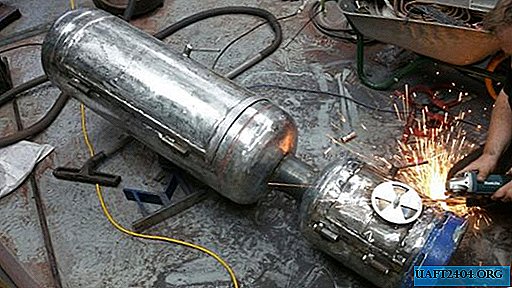
Since I planned to leave the smokehouse on the street all year round, she needed to be painted. Due to the high operating temperature, it was necessary to remove the remnants of old paint. I did this with an angle grinder with a peeling nozzle, and a surface grinder with a hand grinder.
Finishing touches


I welded small iron corners at an angle of 120 degrees to install the grilles. Their number can reach four in the smoke chamber and one in the furnace, as a grate. Before painting, I ground it a little and degreased the smokehouse with a solvent. If you will paint your own, then use heat-resistant paints. I painted only the outer parts with paint, which, according to the description, is intended for grills, and it seems that it holds well.
Smokehouse use


At the moment, I only managed to use the smokehouse several times, but I already call the work done successful. Only a small fire can be built in it, and it seems that it will last forever, and that’s good. But there are a few lessons that I learned:
1. To prevent fat from dripping into the fire, place a tray at the bottom.
2. As expected, the temperature at the bottom is much higher than at the top. When cooking the same products, you need to consider this.
3. The handle heats up very much.
4. Perhaps for better stability, it is better to use something wider as a furnace, although I have not had any problems with this yet.
In the end, I am more satisfied with the smokehouse and look forward to next summer to use it again.
Original article in English
Share
Pin
Tweet
Send
Share
Send


